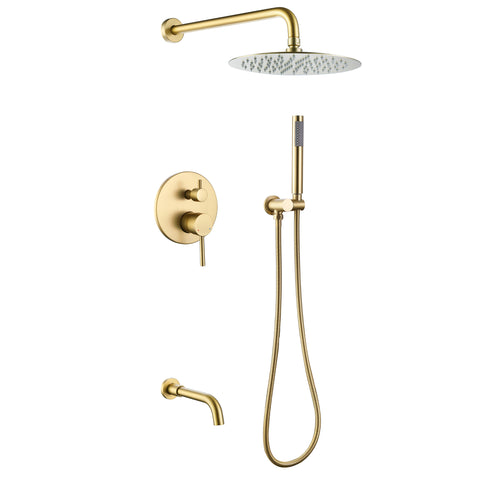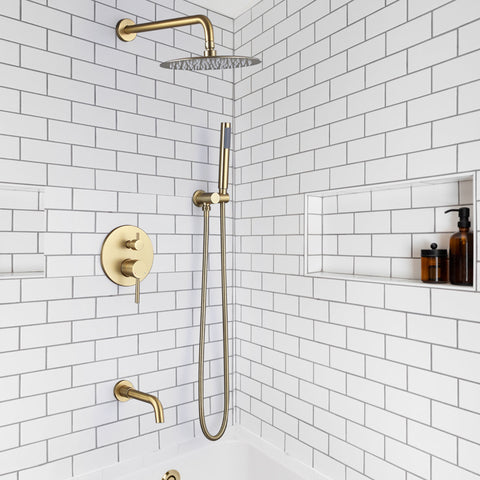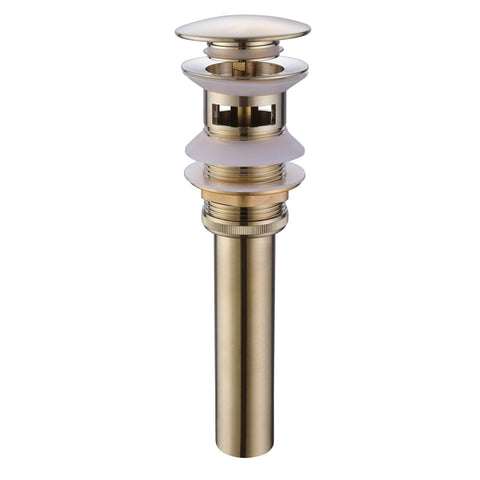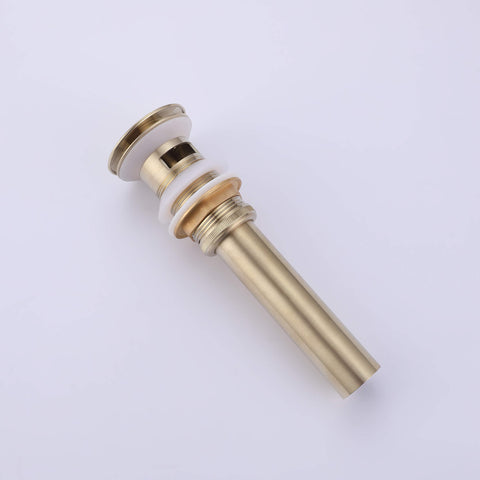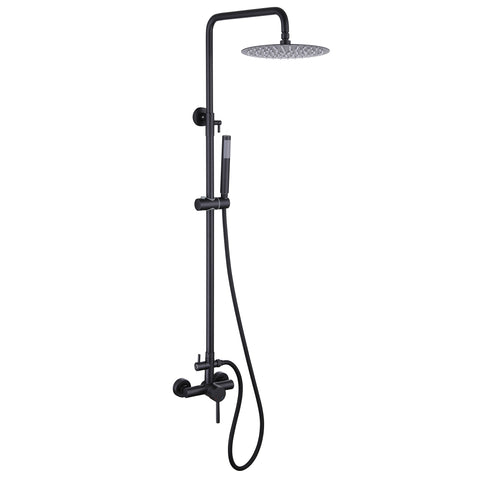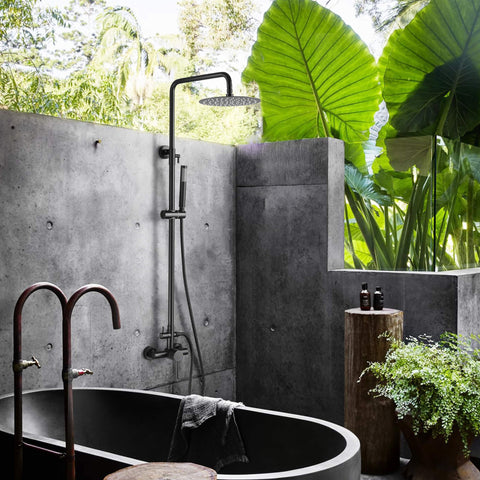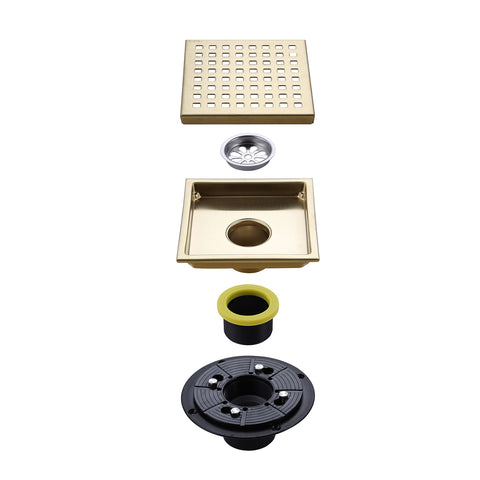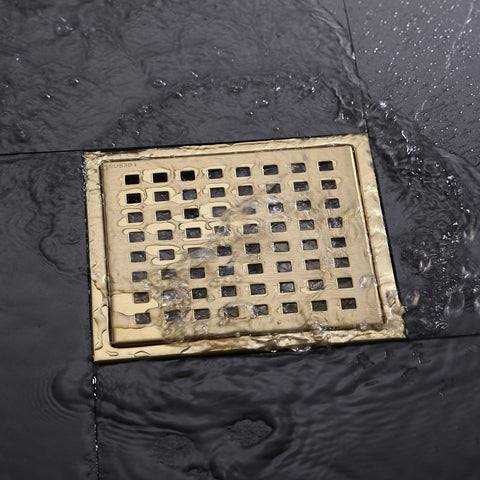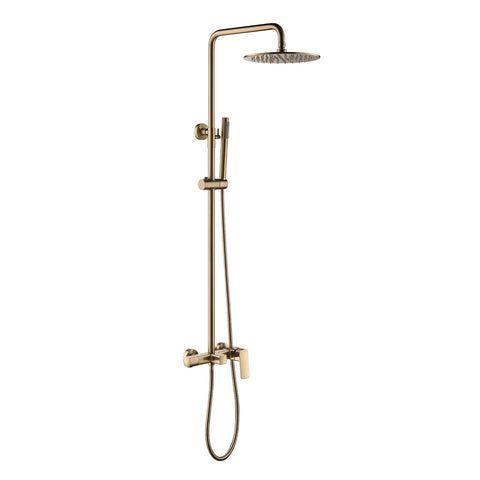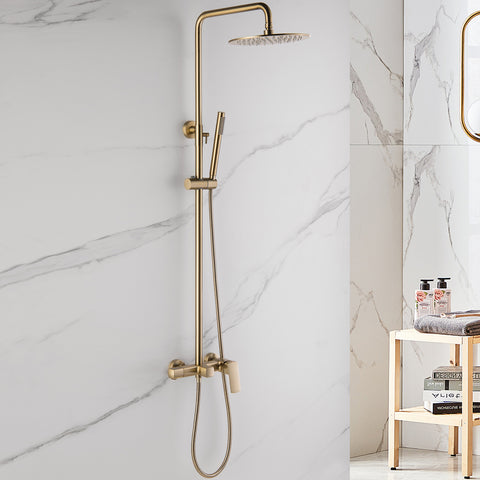Precautions for the Use of Freestanding Bathtub Faucets
Freestanding bathtubs have become a symbol of luxury and relaxation in modern bathrooms. These elegant fixtures not only provide a luxurious bathing experience but also serve as a focal point in your bathroom's design. To make the most of your freestanding bathtub faucet and ensure it stays in perfect condition, it's essential to follow some precautions. In this blog, we'll explore the key precautions for the use of freestanding bathtub faucets.
1. Proper Installation
The first step to ensuring the long-term functionality of your freestanding bathtub faucet is to have it properly installed. Hiring a professional plumber for the installation is highly recommended. An experienced plumber will make sure the faucet is securely attached to the floor or deck and that the connections are watertight. This initial step can prevent future leaks and other issues.
2. Regular Maintenance
Maintaining your freestanding bathtub faucet is crucial. Check for any loose parts or connections regularly. Tighten any loose screws, bolts, or connections to prevent water leakage or other damage. If you're not comfortable doing this yourself, consult a professional plumber.
3. Water Pressure Control
Proper water pressure is essential for the smooth operation of your freestanding bathtub faucet. Excessive water pressure can strain the faucet and its components, potentially leading to leaks. To avoid this, consider installing a water pressure regulator if your water pressure is too high. This simple device can protect your faucet and other plumbing fixtures.
4. Temperature Balance
Maintaining the right balance of hot and cold water is crucial for your comfort and the longevity of your freestanding bathtub faucet. Sudden temperature changes can cause stress on the faucet's cartridges and other internal components. Use the handles gently to adjust the water temperature and avoid extreme temperature shifts.
5. Cleaning and Care
Regular cleaning can not only keep your freestanding bathtub faucet looking pristine but also help prevent the accumulation of mineral deposits and grime that could affect its performance. Use a gentle cleanser and a soft cloth to clean the faucet and handles. Be sure to rinse and dry the faucet thoroughly after cleaning to prevent water spots or mineral buildup.
6. Use Soft Water
If you live in an area with hard water, consider installing a water softener for your home. Hard water can lead to mineral buildup on your faucet, reducing its efficiency and potentially causing leaks. Softened water will be gentler on your plumbing fixtures.
7. Be Gentle
Handle your freestanding bathtub faucet with care. Avoid using excessive force when turning the handles on and off. Gentle use will not only prolong the life of your faucet but also prevent any undue strain on the internal components.
8. Address Leaks Promptly
If you notice any signs of a leak, such as dripping or water pooling around the faucet, address the issue promptly. Delaying repairs can lead to more extensive damage and costly fixes. Contact a plumber to assess and fix any leaks as soon as possible.
In conclusion, taking proper precautions and following these tips for the use of freestanding bathtub faucets can help you enjoy your luxurious bathroom fixture for years to come. Regular maintenance and care will not only preserve the faucet's functionality but also contribute to the overall beauty and comfort of your bathroom. Enjoy your relaxing baths with confidence, knowing that your freestanding bathtub faucet is in top condition.
